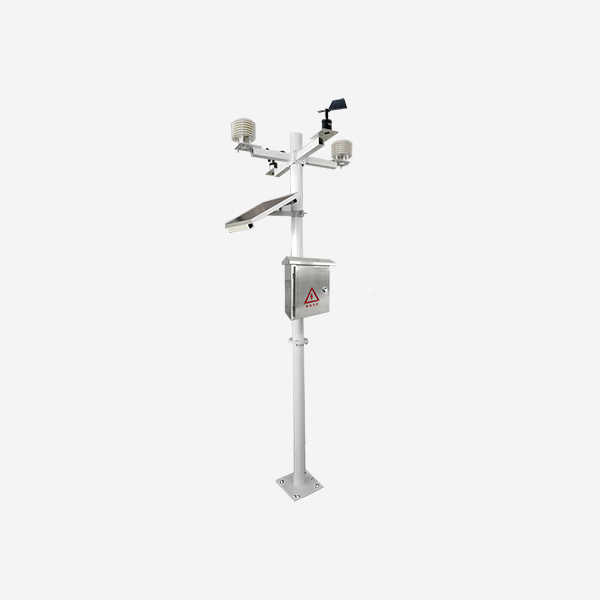Understand the ambient weather station
An ambient weather station is a device measure and record various environmental parameters, including temperature, humidity, barometric pressure, wind speed, and direction. These stations are commonly found in homes, schools, and other facilities, and they are an excellent tool for monitoring weather patterns and identifying potential hazards.

important parameter of an ambient weather station
One of the primary functions of an ambient weather station is to measure temperature. By monitoring temperature changes, users can take appropriate actions to ensure that their home or facility remains comfortable. For example, if the temperature drops, the user can adjust their heating system accordingly. Additionally, ambient weather stations can also detect extreme temperatures that can cause health hazards or damage to property.
Another important parameter measured by ambient weather stations is humidity. Humidity levels can affect human comfort and well-being, as well as the growth of mold and other microorganisms. By monitoring humidity levels, users can take steps to maintain an optimal environment for themselves and their belongings.

Barometric pressure is another key parameter measured by ambient weather stations. Changes in barometric pressure can indicate changes in weather patterns, such as an approaching storm or a cold front. This information can be useful for planning outdoor activities or making decisions regarding safety precautions.
Wind speed and direction are also measured by ambient weather stations. These parameters can be critical for various applications, such as aviation, agriculture, and construction. High winds can cause damage to structures, while accurate wind direction data can help farmers determine the best planting patterns for their crops.
In addition to the parameters mentioned above, many ambient weather stations also provide other information, such as rainfall data, UV index, and solar radiation. This data can be useful for a variety of applications, from gardening to skin protection.
Advantages of environmental weather stations
One of the benefits of ambient weather stations is their ability to provide real-time data that can be accessed remotely. Many weather stations are equipped with wireless connectivity, allowing users to monitor the weather from their smartphones or computers. This accessibility can be especially useful for outdoor enthusiasts or those who work in hazardous environments.
Another benefit of ambient weather stations is the ability to collect historical data. By keeping track of environmental parameters over time, users can identify trends and patterns that may be valuable for planning purposes. For example, farmers can use historical data to determine the best time to plant their crops based on weather patterns from previous years.
In conclusion, ambient weather stations are a valuable tool for monitoring and recording various environmental parameters. By measuring temperature, humidity, barometric pressure, wind speed, and direction, these devices provide critical information that can be used for planning purposes and identifying potential hazards. With their real-time data accessibility and historical data collection capabilities, ambient weather stations are an essential tool for anyone looking to stay informed about the weather and its effects on their environment.
